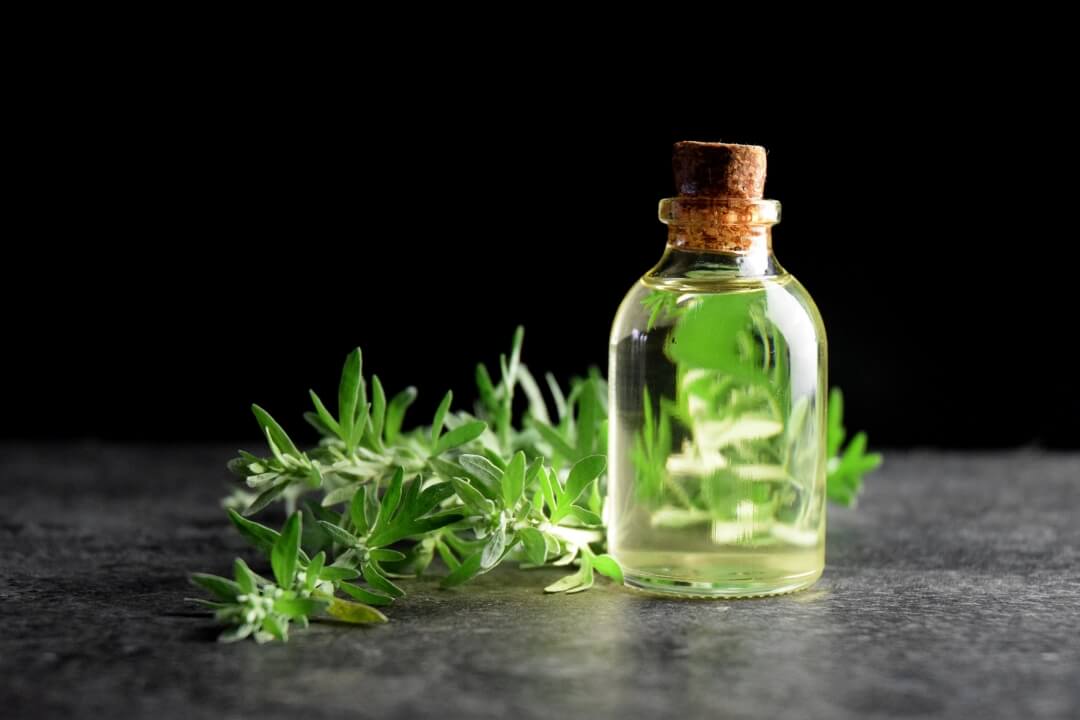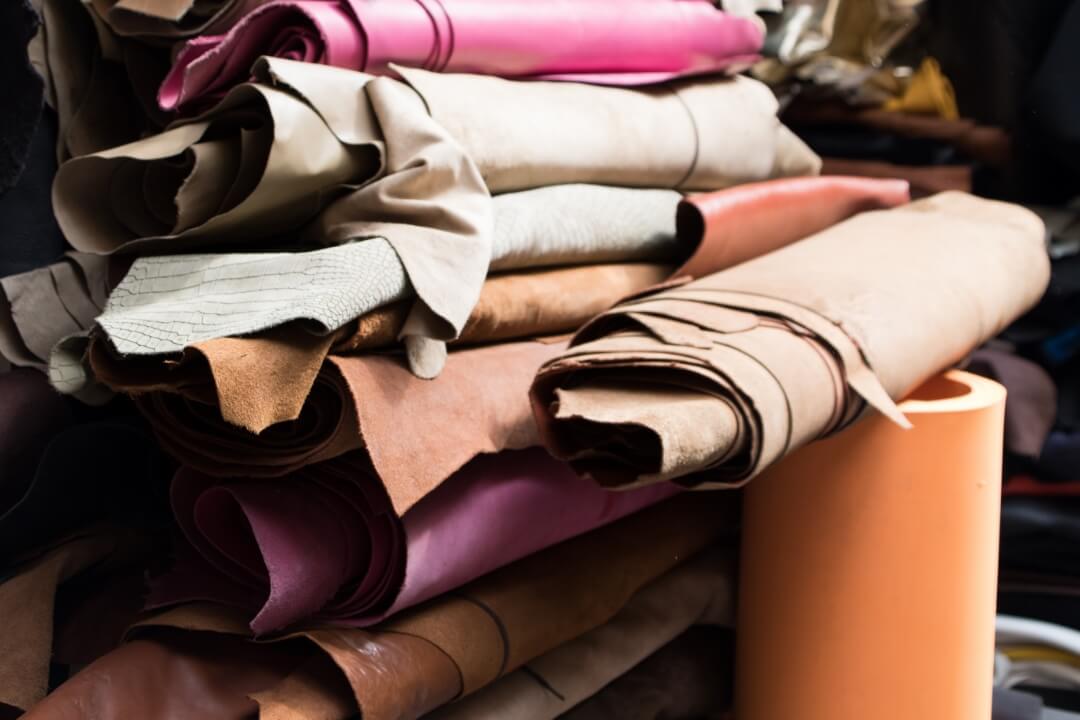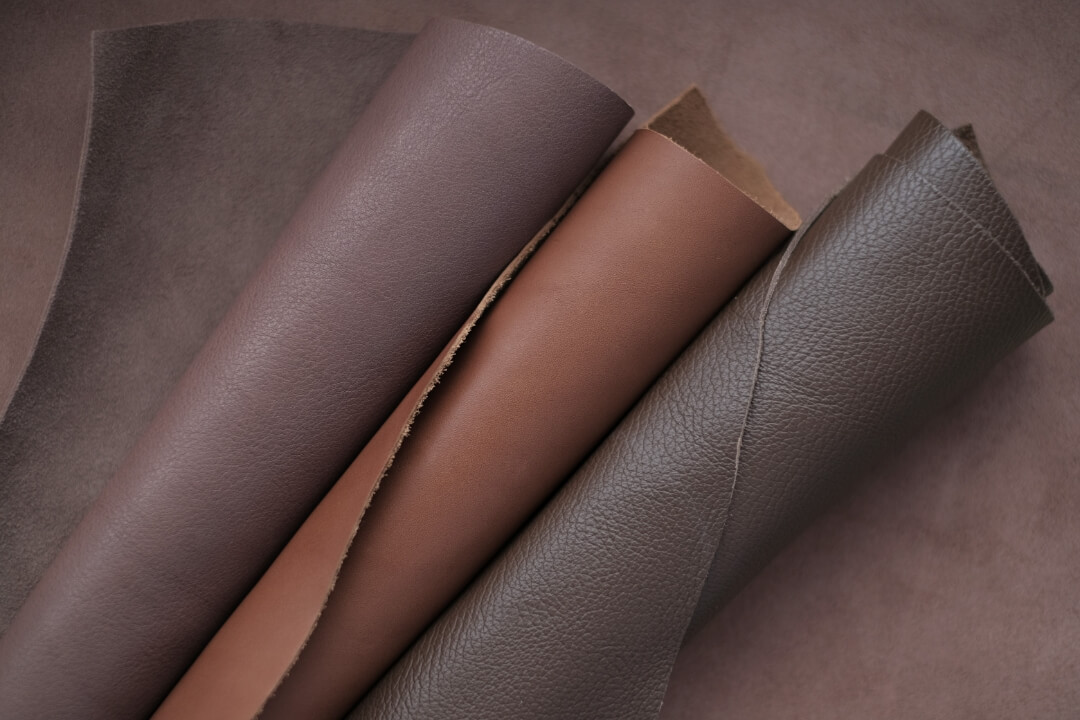
Top 4 best techniques to save your leather jacket make it smooth and soft
Suppose you just bought a stylish leather jacket only to find that it’s not as comfortable as you had hoped? Are you frustrated by stiff and uncomfortable leather that makes you feel like you're wearing a suit of armor rather than a fashionable piece of clothing? Well, you're not alone. Many fashionable leather jacket users have experienced this issue, which has led them to seek out various methods to make their leather jackets softer, more comfortable, and more wearable.
In this comprehensive guide on how to soften leather jacket, we will discuss the importance of a soft and supple leather jacket for both style and comfort, common issues associated with stiff leather jackets, and several effective techniques on how to soften your leather jacket. Let's dive in!

Aging and use over time: As your leather jacket ages, the fibers can start to dry out and stiffen, making it less pliable and more uncomfortable to wear.
Exposure to heat and humidity: Extreme temperatures and humidity can accelerate the drying process, leading to faster stiffening of leather jackets.
Poor maintenance practices: Neglecting to properly clean and moisturize your leather jacket can contribute to increased stiffness over time.
The natural composition of the leather used: Different types of leather come with varying degrees of natural stiffness and flexibility, which can affect your jacket's comfort level.
Cleaning the jacket appropriately:
Before attempting any softening technique, ensure that your jacket is thoroughly cleaned to avoid trapping dirt and grease within the leather fibers.
Checking for signs of wear, tear, and damage:
Inspect your leather jacket for any additional issues, such as scratches, cracks, or loose stitching, which may need to be addressed before softening.
Applying a leather conditioner:
A good quality leather conditioner will help moisturize and protect the jacket, making it easier to implement methods for softening.

This method focuses on using specially designed leather conditioners and moisturizers to penetrate and soften the leather fibers, restoring their natural flexibility and improving overall comfort.

This method involves applying a range of safe and effective natural oils to your leather jacket, which can help soften and restore its flexibility. Some commonly used natural oils are mink oil, olive oil, neats foot oil, and coconut oil.
Mink oil: Widely used for its excellent softening abilities and natural water-resistant properties.
Olive oil: A readily available household staple that can be used to moisturize leather, but must be used sparingly to avoid over-saturation.
Neats foot oil: Derived from cattle hooves and bones, neats foot oil is highly effective in softening leather and restoring its suppleness.
Coconut oil: A popular option for its moisturizing benefits and ability to penetrate leather without feeling greasy.
Pros:
Cons:

This method involves using the power of steam to gently heat and relax the fibers of the leather jacket, which can help soften and make it more comfortable to wear.

This method involves manually working the leather jacket using various techniques like rolling, rubbing, and bending, in order to encourage flexibility and softness.
Rolling: Gently roll sections of the jacket back and forth between your hands, gradually working on stiffer areas.
Rubbing: Glide your hands along the jacket's surface, providing gentle pressure to help the fibers loosen and relax.
Bending: Gently bend the jacket at different angles, focusing on stiffer areas to help soften the leather.
Ideal for simple and quicker results, mechanical softening is best combined with other methods for a more comprehensive approach.
These techniques can be used on a regular basis to help maintain the softness and flexibility of your leather jacket.
Benefits
Possible drawbacks
In conclusion, softening your leather jacket is not an impossible task. With the right preparation, patience, and appropriate methods, you can restore the comfort and flexibility of your once-stiff leather jacket. Exploring methods such as using leather conditioners and moisturizers, natural oils, steaming, and mechanical softening techniques can significantly improve the softness of your leather jacket, allowing you to enjoy its classic style and premium feel. By following the advice and steps provided in this guide on how to soften leather jacket, you can now battle the stiff leather issue effectively and enhance your leather jacket's overall comfort and appeal.
Q: How often should I soften my leather jacket?
A: If your jacket is excessively stiff, you might want to use softening techniques every few months. However, once you achieve the desired softness, maintaining the jacket with occasional conditioning and mechanical softening should suffice.
Q: Can I use heat or a hairdryer to soften my leather jacket?
A: It is not recommended to use direct heat or a hairdryer to soften your leather jacket, as excessive heat can cause damage, such as drying out, cracking, or warming the leather unevenly.
Q: What if my jacket is still stiff after trying these methods?
A: If your leather jacket remains stiff after trying these methods, consider consulting a professional leather care expert for assistance. They may have access to additional techniques that can address stubborn areas of stiffness or assess the jacket's quality and suggest an appropriate course of action based on their expertise.